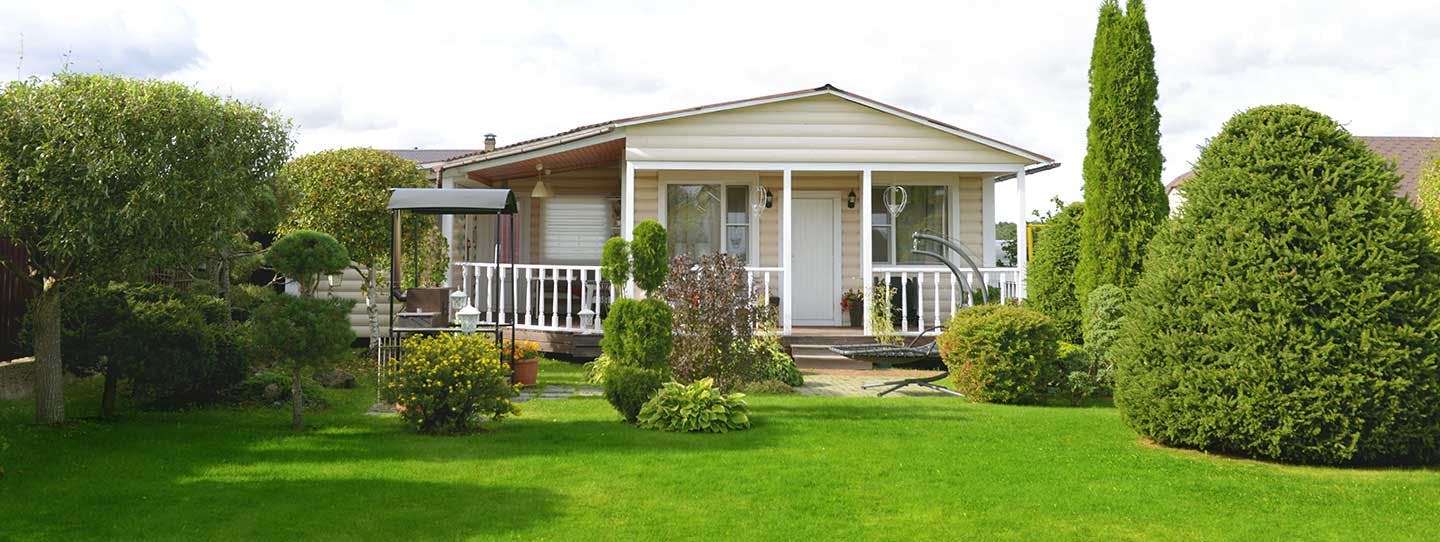
Are you a first-time investor looking to get into real estate? If you’ve done any research, you’ve probably gotten a little bogged down in all the options. Where, exactly, should you put your money and your time?
In this post, we’ll explore investing in single-family rentals.
Year after year, the single-family rental market continues to show more stability than other investments, such as stocks and bonds. With rents increasing 10.2% each year over the past decade, investors have found this a lucrative field, as well.
According to the American Apartment Owners Association (AAOA), single-family homes offer investors a more affordable alternative to multifamily and commercial properties, often by a substantial margin. Additionally, the AAOA says many renters prefer to live in a one-family residence so they don't have to share a living space with others, which means attracting applicants could be easier for this type of property than others.
Read on to learn where to start investing in single-family rentals, how to try it out on a small scale, and a few key strategies to employ if you decide that single-family rentals are right for your portfolio.
Educate Yourself
There are a lot of options for turning a profit in real estate, each with its own pros and cons. Identifying and understanding each option, as well as which one is the right fit for you, is key to success. If you are just getting started and want to learn more about investing in real estate in general, we recommend this guide as another beginner’s resource.
For the purposes of today’s post, let’s assume you’ve settled on single-family rentals as your investment of choice. Real estate lender Walker & Dunlop recently estimated the size of the single-family asset class (at $3.4 trillion as of mid-2021) at nearly the same size as the multifamily sector ($3.5 trillion). They project that single-family rent growth will outpace all other asset classes—including multifamily—in 2022, as well.
In short, the time is right. Single-family rental properties can make an excellent addition to your portfolio.
Try It Out
Of course, you don’t have to buy a new property and put it on the market right away. You may be more comfortable trying it out on a smaller scale by using a service like Airbnb or VRBO to rent out a property you already own short-term. Or you could sublet your apartment for a few months, move in with a buddy, and see what it’s like to be a landlord. Of course, check your lease as well as local rules and regulations to make sure you’re within your rights to do so.
5 Key Strategies for Single-Family Rentals
You’re ready to make the investment in a single-family rental. You’ve done the research, educated yourself a bit on the field, and are clear about the finances you have to invest. Here are five strategies to consider.
Don’t Limit Yourself Geographically
One of the great advantages of real estate in 2022 is that you’re no longer limited by where you live. You can invest in a market across the country (maybe one with a higher return than where you currently reside) and partner with a property management firm long distance. They’ll have expertise in the area and a local network to help manage your investment smoothly.
Create a Timeline (and Stick to It)
How long do you want to tie up your time and/or money in this investment? Remember that real estate isn’t a short-term, get-rich-quick field, nor can you pull your money out easily if you’re short on cash. But you do have some control over how long your money stays tied up in a single-family rental. Having a clear timeline will ensure that you’re staying on track with your investment goals.
Know Your Investment Strategy
Depending on your credit, current assets, past investment history, income, and a variety of financial elements, banks may be able to loan you start-up capital that’s significantly more than what’s currently sitting in your savings account. Talking with a financial expert is usually the best way to determine which loan strategy will work best for you. Additionally, many new real estate investors find success using crowd-sourcing investment tools to raise capital.
Maximize Your ROI
Once you’ve invested in a single-family unit, you’ll want to ensure you’re maximizing your ROI (return on investment) by taking certain steps used by veteran landlords and expert property managers. These include giving tenants the amenities they want, choosing and retaining reliable tenants, and keeping up with property maintenance.
One way to maximize ROI is to buy a local property, spruce it up on your own time, and put it on the rental market. You can keep a close eye on your property, interview prospective tenants yourself, and inspect it regularly. You’ll have a hand in the project every step of the way. A successful strategy that pairs particularly well with a DIY approach is the BRRRR Method.
You can also calculate your monthly rental income using this rental investment calculator.
Consider Investing in REITs
The most low-impact way to invest in real estate is to put some money in an REIT. A real estate investment trust (REIT) is a company that owns and manages income-producing properties. Investors are able to purchase shares in REITs and generate wealth from real estate without owning actual properties.
Whatever your experience, investment capital, or preferred strategy, investing in the single-family rental market can offer you real value—and the benefits aren’t going anyway anytime soon. Consider what approach speaks to you, and decide whether to go it alone or partner with a local property management company. Then, when you’re ready, take the plunge and watch your assets grow.
